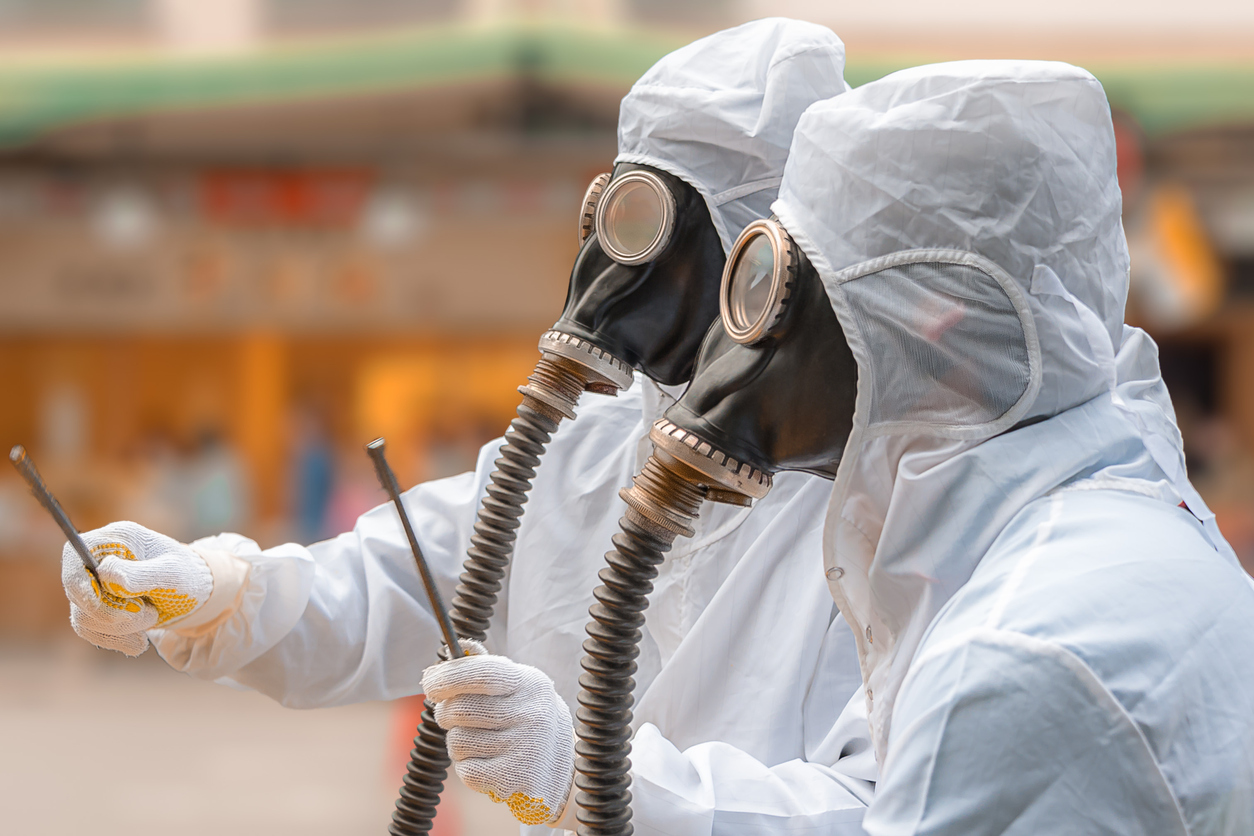Wiltshire woman Dawn Sturgess has died eight days after becoming critically ill following poisoning by Novichok nerve agent.
Our friends at the Science Media Centres in the UK and Australia have gathered the following expert comment on news that the You can find the full range of comments sent out over the past few days on the UK SMC website.
Associate Professor Oliver Jones, Analytical Chemist at RMIT University, comments
“Little is really known of the various forms of Novichok agents; Russian scientists have revealed some information and they have been made in a limited number of countries (though not the UK) for research purposes, although after the Skripals poisoning the purity and grade of this Novichok led the OPCW to conclude it had originated from Russia. We do know the chemical structure and how to detect them via chromatography and mass spectrometry (which can be thought of as a kind of fingerprinting technique for chemicals).
“While this latest case is worrying, and no doubt highly traumatic for those involved, since there was a four month gap between the two cases it does seem more likely the latest victims somehow handled some form of contaminated item rather than came across anything that had been lying around in the open since the first incident. This would indicate that the risk to the general public is low.
“Frankly however, this is a very baffling case with many more questions than answers. While there are many theories, we still don’t really have any proof of who poisoned the Skripals or why – let alone what is behind the latest event. I am sure there is plenty we don’t know and indeed may never know as to how, when and why this nerve agent from the Cold War ended up in Wiltshire.”
No conflicts of interest.
Prof Alastair Hay is Professor Emeritus of Environmental Toxicology at the University of Leeds, UK, comments:
“I am really saddened to learn of the death of Dawn Sturgess, an absolutely tragic outcome. Her death illustrates just how dangerous the Novichok-type nerve agent is and the importance of the decontamination measures being undertaken by the authorities.
“It is not yet clear how Dawn and her companion came into contact with the nerve agent and solving this will be a priority for the investigation as it has now become a murder enquiry.
“Dawn’s death also illustrates just how difficult it is for the doctors treating her. Even though they are now the most experienced team in the world for dealing with this nerve agent there are still limits to how much they are able to do.
“Because the nerve agents compromise nerve and muscle function their effects are widespread and where deaths occur these are usually do to either respiratory or circulatory failure, or both. An individual’s prior health status will also have a bearing on any outcome and this may have been a factor in Dawn’s death, but is unknown at this stage.
“This truly regrettable outcome reinforces the need for the public to follow the advice issued by the chief medical officer which will help to minimise any possible contact with the nerve agent.”
No conflicts of interest declared.
Prof Andrea Sella is Professor of Inorganic Chemistry at UCL, UK, comments:
“This is a tragedy, and an outrage. For Ms Sturgess’ family and friends this must be the most brutal of shocks and I offer them my deepest sympathy and condolences. Her death is a reminder that, in spite of all the nay-saying on social media, nerve agents are very poisonous substances indeed; it shows how close to death the Skripals and DS Nick Bailey may have come, and that they are not ‘out of the woods’. It is worth remembering that they are likely have long term life-changing injuries; hundreds of victims of the Tokyo underground attacks have had to live with such issues ever since.
“Her death heightens further the pressure on the police to locate the object at the source of this poisoning as the material on or inside it is of critical forensic importance. We can only hope that Mr Rowley recovers, not only for the sake of his family and friends, but also because he is a key witness who may be in a position to describe how he and Ms Sturgess came to be poisoned.
“All of this said, the risk to local residents and visitors remains low, though they should take care not to pick up unknown objects.”
No conflicts of interest.
